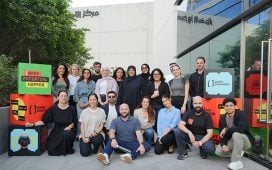Shadi Abdulhadi, Founder and CEO, Boopin writes on the winning formula for successful campaigns.
In today’s competitive digital landscape, creating a successful campaign demands more than just a good idea or creative design. The most effective campaigns are those that blend creativity with data-driven insights to truly engage audiences and deliver measurable results.
By understanding both the art and science of digital campaigns, we can develop strategies that are not only memorable, but also impactful. Here is how to achieve this crucial balance between creativity and data:
Power of creativity
Creativity is at
To continue reading this article you need to be registered with Campaign. Registration is free and only takes a minute. Register Now or sign in below if you already have an account.









